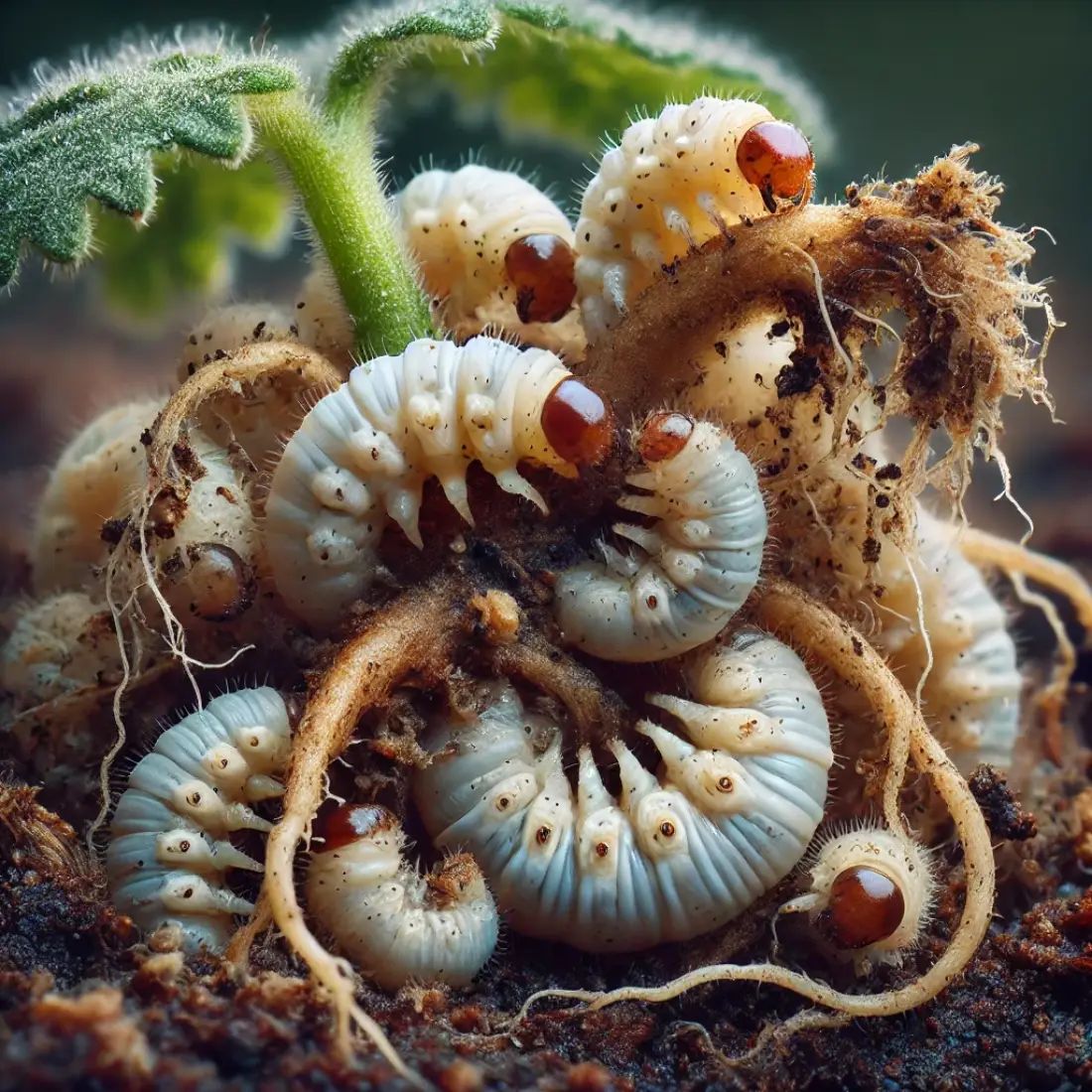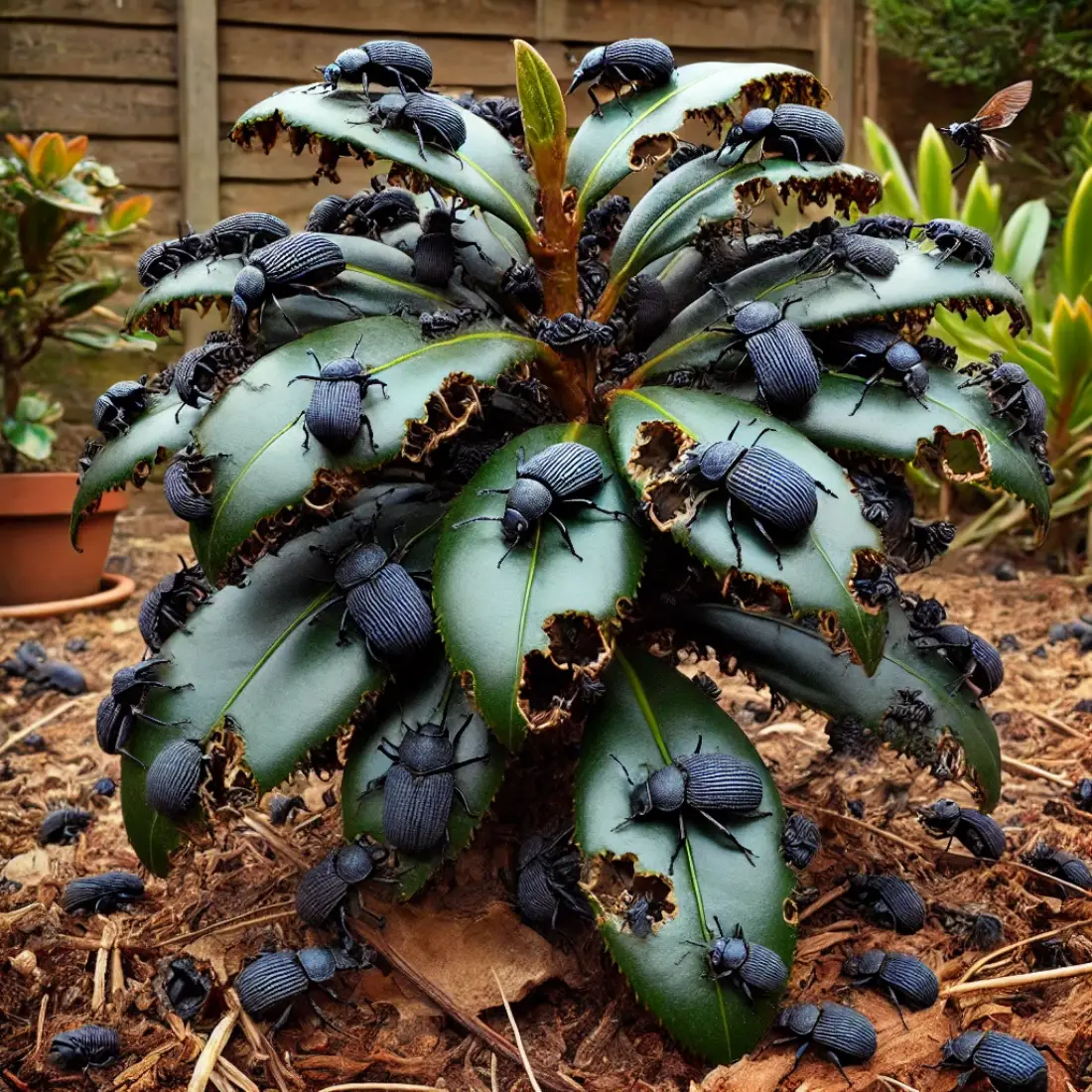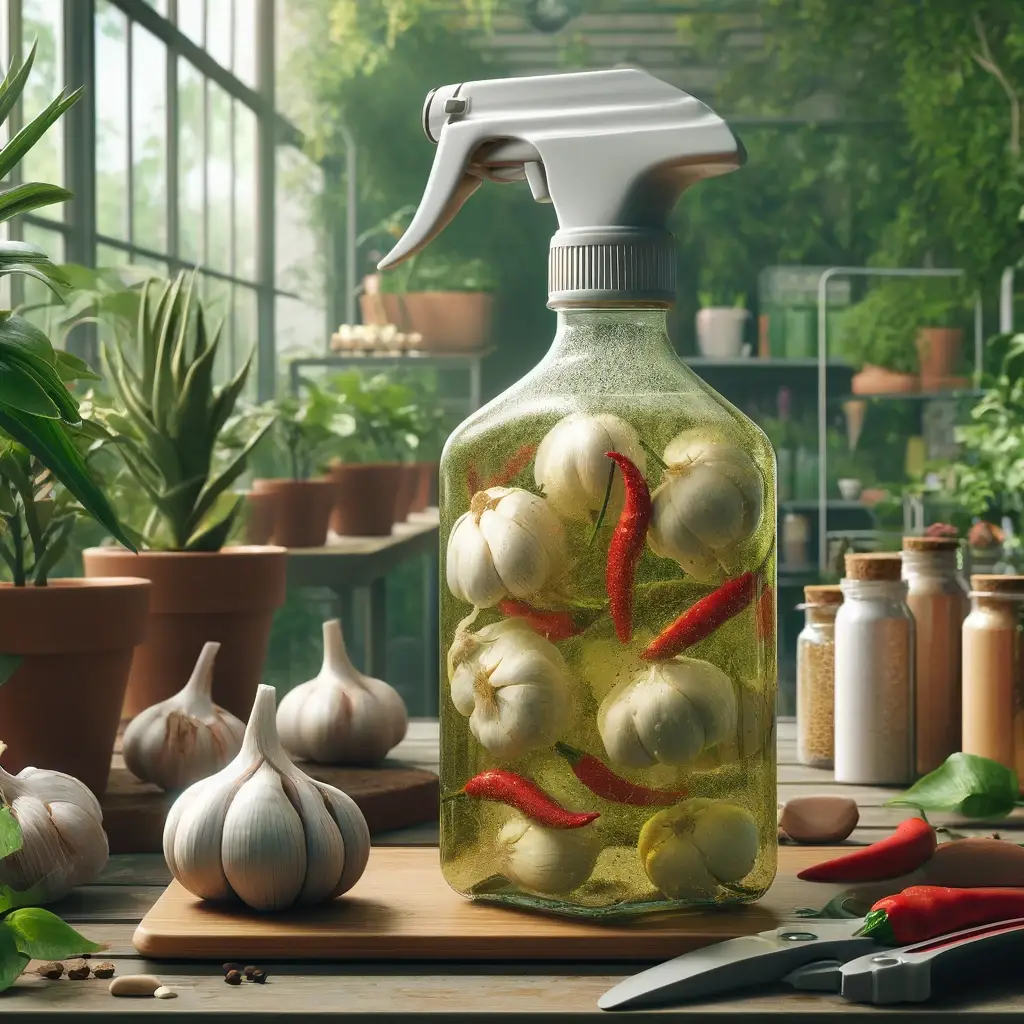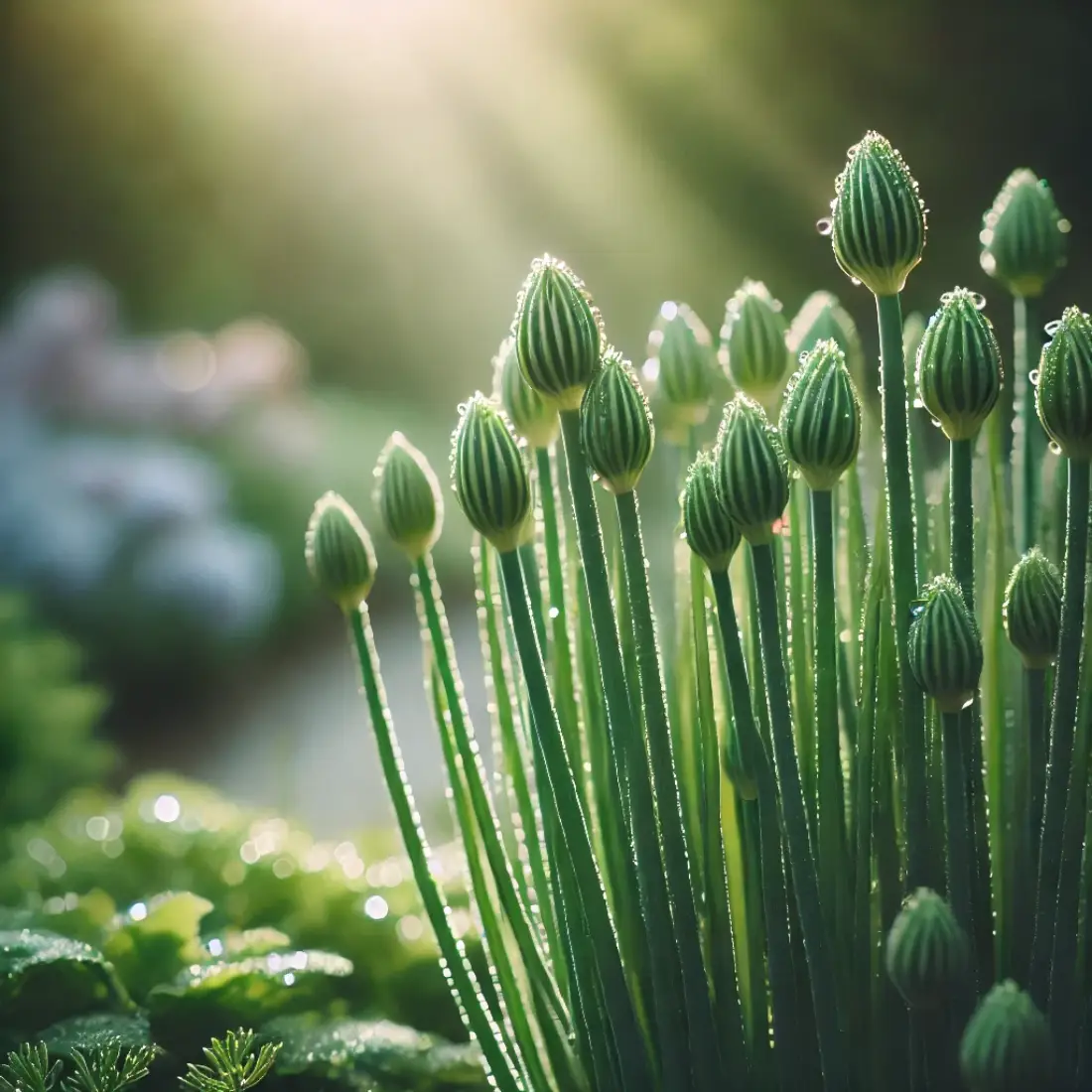Vine weevils are a common garden pest that can wreak havoc on a wide range of plants, especially during their destructive larval stage. These persistent insects are notorious for feeding on roots, leaving gardeners with wilted, dying plants. While chemical pesticides might seem like a quick fix, they can harm beneficial insects and the environment.
That’s where organic methods of control come into play. By understanding the life cycle of vine weevils and implementing natural control strategies, you can effectively manage these pests without resorting to harsh chemicals.
- Vine weevils are a major garden pest, particularly harmful in their larval stage when they feed on plant roots.
- Recognizing the signs of a vine weevil infestation early is crucial for effective management.
- Organic control methods offer a safe, environmentally friendly alternative to chemical pesticides.
- Cultural practices like improving soil drainage and selecting resistant plants can help prevent infestations.
- Biological controls, such as using nematodes and encouraging natural predators, are highly effective against vine weevils.
- Homemade solutions like neem oil and garlic sprays can deter adult weevils without harming beneficial insects.

Understanding Vine Weevils
Vine weevils are small, nocturnal insects that pose a significant threat to gardens, particularly due to their larvae. The adult vine weevil, typically about 10mm long and dark brown or black in color, has a distinctively broad, snout-like head and elbowed antennae. These weevils are flightless but are excellent climbers, making them highly effective at finding and feeding on a variety of plants.
The real damage, however, comes from the larvae, which are creamy white, legless grubs that live in the soil. These larvae feed voraciously on plant roots, leading to wilting, stunted growth, and even plant death. Some of the most affected plants include strawberries, primulas, and various shrubs like rhododendrons.
Vine weevils have a single generation per year, with adult weevils laying eggs in the soil during summer. The eggs hatch into larvae, which feed throughout autumn and winter before pupating and emerging as adults in late spring. Understanding this life cycle is crucial for timing control methods effectively. Early detection and intervention are essential, as an unchecked vine weevil infestation can cause significant damage to both ornamental and edible plants.
Homemade Organic Sprays and Solutions
Homemade organic sprays and solutions are an effective and eco-friendly way to manage vine weevils in your garden without relying on harsh chemicals. These natural remedies are easy to prepare and can be just as effective when applied correctly.
Neem Oil
One of the most popular natural solutions is neem oil. Extracted from the neem tree, this oil acts as a powerful insecticide by disrupting the feeding and reproductive cycles of vine weevils. To use neem oil, mix 2 tablespoons of oil with 1 teaspoon of mild liquid soap and 1 quart of water. Spray this solution directly onto the leaves, stems, and soil around affected plants. Neem oil not only repels adult weevils but also affects the larvae in the soil, making it a versatile option.
Garlic and Chili Spray
Garlic and chili spray is another potent homemade remedy. The strong odor and taste of garlic and chili deter vine weevils from feeding on your plants. To make this spray, blend 10 garlic cloves and 2 hot chilies with water, strain the mixture, and dilute it with 1 quart of water. Add a few drops of liquid soap to help the spray adhere to plant surfaces. Apply this solution weekly during the growing season for best results.
Diatomaceous Earth
Diatomaceous earth (DE) is a natural, non-toxic powder made from fossilized algae. It works by dehydrating and killing insects upon contact. Sprinkle DE around the base of plants and directly onto the soil where vine weevil larvae are present. It’s safe for humans and pets but deadly to pests like vine weevils. Reapply after rain or watering, as moisture reduces its effectiveness.
Companion Planting to Deter Vine Weevils
Companion planting is a natural and effective strategy to deter vine weevils by using the pest-repelling properties of certain plants. By strategically planting these companions around vulnerable crops, you can create a protective barrier that discourages vine weevils from settling in your garden.
Aromatic Herbs
Aromatic herbs like lavender, rosemary, and thyme are excellent companions for deterring vine weevils. These herbs emit strong scents that are unpleasant to vine weevils, confusing them and reducing their ability to locate suitable plants to infest. Planting these herbs near susceptible plants, such as strawberries or rhododendrons, can significantly reduce the likelihood of an infestation.
Alliums
Alliums, including garlic, onions, and chives, are also effective in repelling vine weevils. These plants release sulfur compounds that act as a natural insect deterrent. Growing alliums in the same area as your vulnerable plants can help create an environment that is less attractive to vine weevils.
Tansy
Tansy is another powerful companion plant known for its ability to repel a variety of garden pests, including vine weevils. The strong odor of tansy acts as a natural insecticide, driving away adult weevils. However, tansy can be invasive, so it’s best to plant it in containers or areas where it can be easily managed.
Biological Control Options
Biological control options offer an effective and eco-friendly way to manage vine weevil populations by using natural predators and organisms to reduce pest numbers. These methods target vine weevils without harming beneficial insects or the environment.
Nematodes
One of the most effective biological controls for vine weevils is the use of beneficial nematodes, specifically Steinernema kraussei or Heterorhabditis bacteriophora. These microscopic worms are natural predators of vine weevil larvae. When applied to the soil, they actively seek out and infect the larvae, releasing bacteria that kill them within a few days.
Nematodes are best applied in early autumn when larvae are most active, and the soil is warm and moist. This approach is highly effective in reducing vine weevil numbers before they can cause significant damage.
Encouraging Natural Predators
Another biological control strategy involves attracting natural predators to your garden. Birds, frogs, and predatory beetles are known to feed on adult vine weevils. Providing habitats such as birdhouses, ponds, and leaf litter can encourage these predators to settle in your garden, creating a natural defense system against vine weevils.
FAQs about Organic Methods to Control Vine Weevils
What are the first signs of a vine weevil infestation?
The first signs include notched leaves caused by adult weevils feeding, and wilted plants, which indicate root damage from larvae. Checking the soil for white, legless grubs can confirm their presence.
How can I prevent vine weevils from infesting my garden?
Preventing vine weevil infestations involves improving soil drainage, using resistant plants, applying nematodes, and regularly inspecting and removing adult weevils from plants.
Are nematodes safe for my garden?
Yes, nematodes are safe and specifically target vine weevil larvae without harming plants, pets, or beneficial insects. They’re an excellent organic control method.
When is the best time to apply nematodes for vine weevil control?
The best time to apply nematodes is in early autumn or late spring when soil temperatures are above 5°C (41°F) and larvae are actively feeding.
Can companion planting really deter vine weevils?
Yes, companion planting with aromatic herbs like lavender, rosemary, and thyme can help repel vine weevils by masking the scent of vulnerable plants.
How does diatomaceous earth work against vine weevils?
Diatomaceous earth works by dehydrating and killing vine weevil larvae and adults upon contact. It’s safe for humans and pets but needs reapplication after rain.
What are the most susceptible plants to vine weevils?
Plants like strawberries, primulas, and fuchsias are particularly vulnerable to vine weevil damage, especially in their larval stage.
Can I use homemade sprays for vine weevil control?
Yes, homemade sprays like neem oil and garlic-chili mixtures can effectively deter vine weevils without harming the environment or beneficial insects.
Do vine weevils affect both indoor and outdoor plants?
Yes, vine weevils can affect both indoor and outdoor plants. They often hide in potted plants, making indoor plants vulnerable as well.
How often should I inspect my garden for vine weevils?
Regular inspection is crucial, especially in spring and late summer. Weekly checks for notched leaves and larvae in the soil can help catch infestations early.











